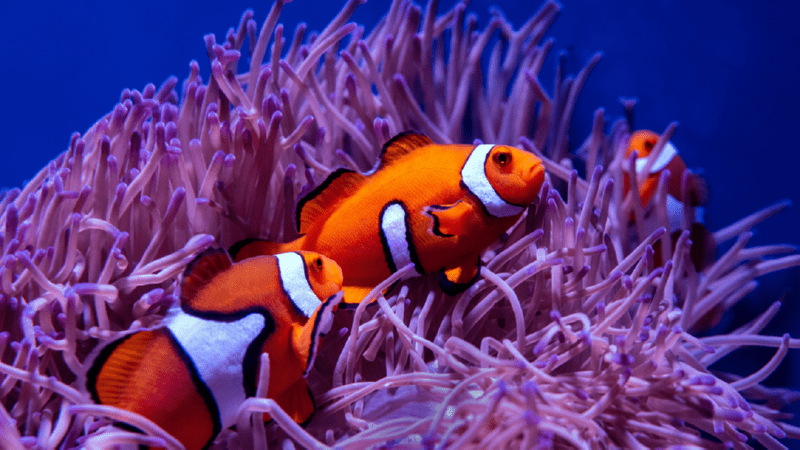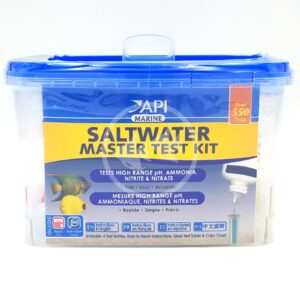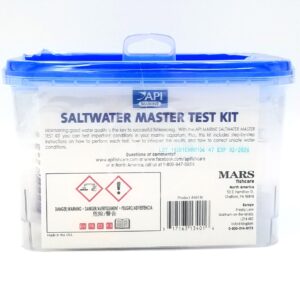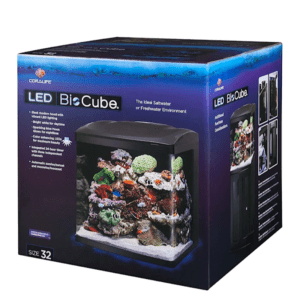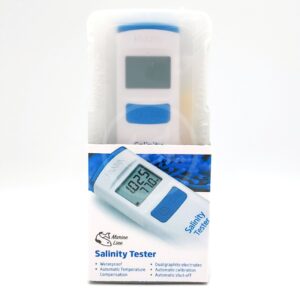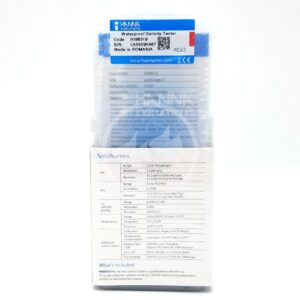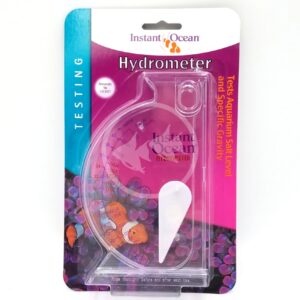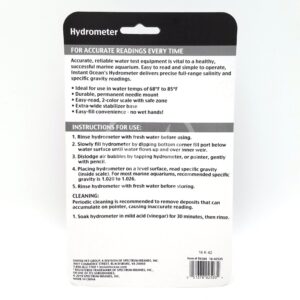You may have been told that saltwater aquariums are “difficult to maintain.” For starters, many of you may have experience in freshwater before wanting to give saltwater a try. While it is helpful that you have established knowledge from keeping freshwater, some new skills and methodology will have to be learned in order to maintain a successful saltwater aquarium. It is true that many saltwater fish are less forgiving than hardier, tropical freshwater fish.
This guide will hopefully answer some of your general questions about what it really takes to set up and keep a thriving saltwater aquarium. There is such diversity in the species of saltwater fish, so do not hesitate to call, email, or ask an employee if you have more specific questions!
ADDING FISH
With saltwater it is best to pace out your new fish additions. This will help minimize disease risk, make sure your addition is settling in, and reduce water chemistry issues. One fish per month is a reasonable time frame to be able to get a good pulse on how things are going. Your aquarium (besides your fish) is a working living system, and both need to be properly working together. A few days is not generally enough time to understand if things are going as they should. Patience and careful observation are key to success in saltwater.
COMPATIBILITY
Much like people, fish can have disagreements between them and this is stressful. It is important to ensure harmony within your aquarium, as fish under continual stress increases the risk of disease. Fish pinned in corners, continuous hiding behavior, and split fins are a few signs of an individual being harassed but these behaviors can certainly vary fish to fish. Don’t hesitate to show an employee a photo or video if you are uncertain!
Some ways to avoid aggression are to make sure your aquarium is large enough to house the species you want to keep. Keep in mind that while a fish is small now, undoubtedly it is going to grow and will live its best life with more space.
And as a rule of measure for predatory fish: if it fits in their mouth, it’s going to go in their mouth.
CAPTIVE RAISED FISH
Tank-raised or captive-bred? These two terms mean different things. Tank raised fish are those that are collected from the wild at a young stage in life and raised in a tank environment, whereas captive bred are fish that have been bred in captivity for generations. We opt for many captive raised fish options, such as our entire stock of clownfish for example.
While saltwater fish are not as easy to breed in captivity like freshwater, some gobies, dottybacks, seahorses, blennies, dwarf angels and tangs are making their way to market. We try to help where we can to take the pressure off of wild populations and order captive bred fish where possible and practical. You can find these fish in store with a sticker next to their label!
ENVIRONMENT
Your specimens will not thrive in a tank where there are only a few scattered pieces of coral or no rock structure for them to swim through. The more comfortable an organism is in its environment, the more often it will be seen and the healthier it will be.
DIET
Different fish have different dietary needs. Feeding your tank a variety of foods will help round this out. In the marine hobby, there are also a lot of species that do not typically survive in captivity. Aquatics Unlimited strives to be transparent with our livestock. Ordering from respectable sources, and stocking species you can be successful keeping is very important to us. The employees working hands on with the saltwater livestock should also be able to inform you what each individual fish is currently eating, or warn you if it has not been eating consistently yet.
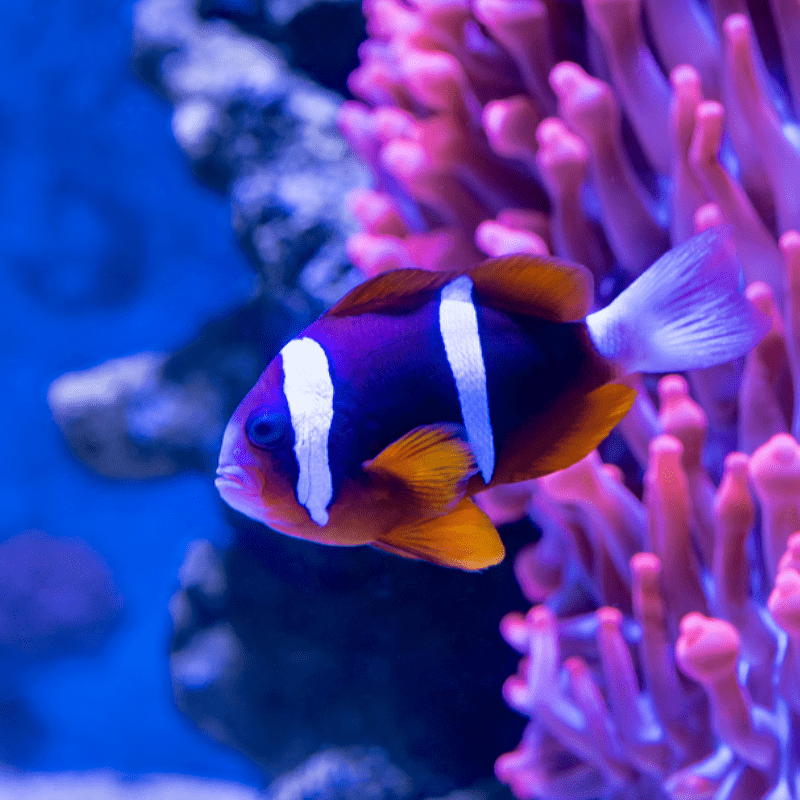
WATER CHANGES
This can vary depending on the set-up, but here are some key points. A 25% water change is usually done every 1-2 weeks. Water for the water changes are ideally mixed 24 hours in advance. Example: If you have a 75 gallon tank you need 25 gallons of mixed water brought to room temperature and preferably, heated to match the temperature of your tank if there is a significant difference. If you are making your own water it may not make sense to have five 5 gallon buckets with pumps and heaters sitting out a day ahead of time for you to use each week.
In this instance it would be easier to upgrade to a garbage can so one large batch can be made with one heater and one pump. The same pump can then be used to pump the water into the tank. Aquatics also sells pre-mixed reverse osmosis saltwater (salinity 1.025-1.026).
WATER CHEMISTRY
Many saltwater fish are sensitive to water chemistry and therefore, it is necessary to keep parameters ideal. Depending on what avenue of the saltwater hobby you decide to take (e.g., fish only, reef tank) will differ which parameters you should be testing/checking. A bare minimum parameter that should be kept within reason for any tank is the nitrate level. Please speak with an associate if you would like more specific details as to which additional parameters should be your priority!
Please see our SALTWATER SETUP GUIDE blog post for more information regarding keeping a saltwater aquarium.


